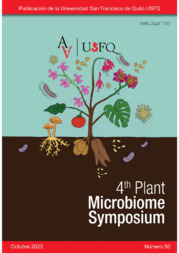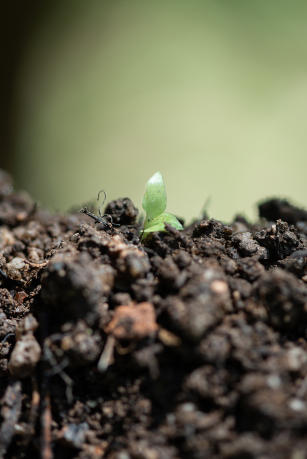Microbiome-plant conversation in the rhizosphere.
Microbiome-plant conversation in the rhizosphere.
Author(s): MENDES, R.
Summary: Complex microbial communities assemble in the surrounding soil of plant roots, where they intimately interact with the host plant. An active selection process is established by the host plant, leading to the enrichment of specific members of the soil microbiome in the rhizosphere. Some of these rhizosphere-competent microorganisms find their way into the inner root tissues, forming the endosphere microbiome. This presentation will focus on the key factors governing chemical communication between the microbiome and the plant. These factors include plant exudates, microbial volatile compounds, and secondary metabolites. The complexity of these interactions will be illustrated by examining how the rhizosphere microbiome protects the root system against soil-borne pathogens. When attacked by the soil-borne pathogen Rhizoctonia, sugar beet plants activate a recruited rhizobacterial community, enriching diverse bacterial taxa. The alteration in the microbiome's structure and functions in the presence of the pathogen serves as a shield for the root system, protecting the plant in the soil. Even when the pathogen successfully invades the roots, the endosphere microbiome responds to the invasion by triggering bacterial biosynthetic gene clusters capable of combating the intruder. Understanding the mechanisms underlying communication between the microbiome and the plant is key to enhance beneficial interactions. In conclusion, unraveling the intricate communication between the microbiome and the plant not only sheds light on the complex mechanisms at play in these interactions but also holds the potential to harness beneficial relationships for improved plant health and agriculture.
Publication year: 2023
Types of publication: Abstract in annals or event proceedings
Unit: Embrapa Environment
Related content
Observation
Some of Embrapa's publications are published as ePub files. To read them, use or download one of the following free software options to your computer or mobile device. Android: Google Play Books; IOS: iBooks; Windows and Linux: Calibre.
Access other publications
Access the Agricultural Research Database (BDPA) to consult Embrapa's full library collection and records.
Visit Embrapa Bookstore to purchase books and other publications sold by Embrapa.


